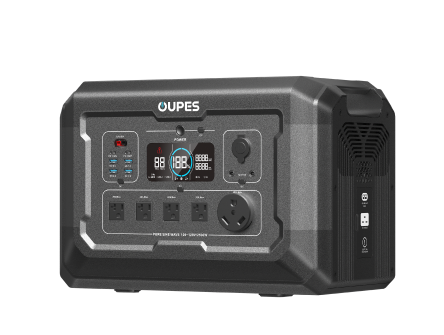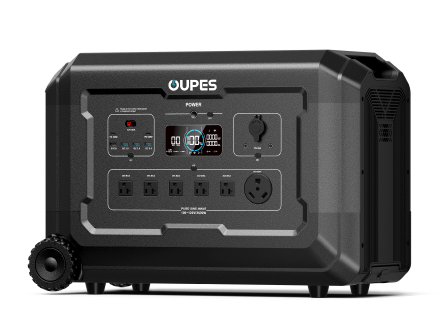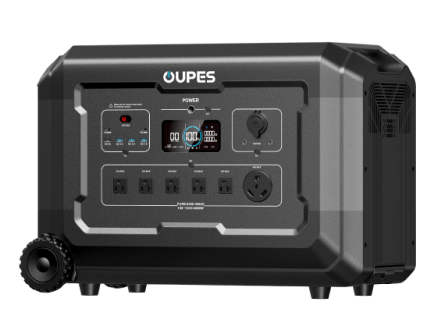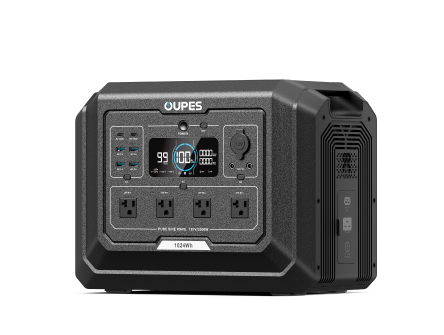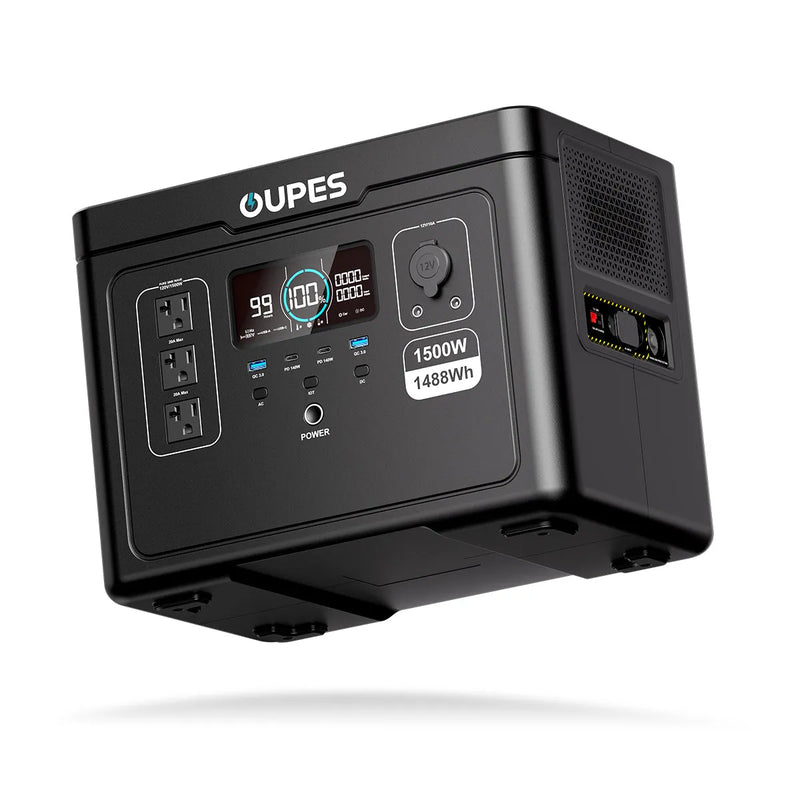
Imagine a home fully powered by the sun—lights flickering on, appliances humming, and electronics running smoothly, all without relying on the traditional power grid. With the rise of solar generators, this vision is becoming a reality for more homeowners seeking energy independence and sustainability. But what size solar generator is truly capable of running an entire house? Understanding power needs, system capacity, and real-world applications is key to making an informed decision.
Understanding Household Energy Consumption
Before choosing a solar generator to power a home, it’s crucial to understand the energy demands of an average household. Different homes have varying power requirements based on size, appliances, and daily usage habits.
The total power consumption of a house is typically measured in kilowatt-hours (kWh). On average, an American home uses around 30 kWh per day, with peak consumption occurring during the evening when multiple devices are in use. High-energy appliances such as air conditioners, refrigerators, and washing machines contribute significantly to this load.
A typical refrigerator, for instance, consumes between 100 and 800 watts depending on size and efficiency. An air conditioning unit can require anywhere from 1500 to 5000 watts to operate, while a washing machine may use between 500 and 1200 watts. Adding lighting, entertainment systems, and smaller appliances into the mix further increases the overall energy demand.
To determine the right solar generator size, homeowners need to calculate their peak power requirements—the highest amount of energy their household draws at any given time. This ensures that the generator can handle all essential appliances without overload, even during peak usage hours.
Choosing the Right Solar Generator Capacity
Solar generators come in various capacities, ranging from small units designed for emergency backup to large-scale systems capable of running an entire home. The key to selecting the right size lies in balancing energy output with household needs.
Generators are typically rated in watts or kilowatts (kW), indicating their maximum power output. A small solar generator of around 1000-3000 watts is sufficient for basic necessities like charging devices, powering lights, and running a refrigerator for a limited time. However, running an entire home continuously requires a significantly higher capacity.
For a household looking for partial backup power during outages, a 5000-watt generator may be sufficient to keep essential systems running, such as lighting, refrigeration, and communication devices. However, for a completely off-grid home, a more robust system ranging from 10,000 to 20,000 watts (10-20 kW) is typically required.
Battery storage is another critical factor. Solar generators store excess energy in batteries for use when sunlight isn’t available. A well-designed system should have enough battery storage to supply power overnight and during cloudy days. Lithium-ion batteries are commonly used due to their efficiency and long lifespan, making them ideal for home solar setups.
Factors Affecting Solar Generator Performance
Even the most powerful solar generator can only be as effective as its energy sources and storage capabilities. Several factors influence how well a system performs in a real-world setting.
Solar panel efficiency plays a significant role in determining how much energy a generator can produce. High-efficiency panels convert more sunlight into usable electricity, ensuring the system remains productive even in less-than-ideal weather conditions. A well-sized solar array should be able to generate enough energy during peak sunlight hours to replenish the generator’s battery reserves.
Geographic location also impacts performance. Homes in sunny regions benefit from more consistent solar energy production, while those in cloudy or northern climates may require additional panels or larger battery storage to compensate for reduced sunlight.
Energy efficiency within the home is another crucial aspect. Households using energy-efficient appliances, LED lighting, and smart power management systems can reduce their overall electricity demand, making it easier for a solar generator to supply adequate power. Simple measures such as unplugging devices when not in use and using energy-efficient heating and cooling systems can significantly extend the effectiveness of solar power.
Additionally, load management strategies—such as staggering the use of high-energy appliances—can help prevent excessive demand at any given time. This ensures that the generator operates efficiently without risk of overload.
Practical Applications and Real-World Scenarios
While a large-scale solar generator can theoretically power an entire house, real-world applications often vary based on individual needs. Some homeowners use solar generators as backup power sources, while others rely on them for full off-grid living.
For those seeking emergency preparedness, a mid-sized solar generator (5000-10,000 watts) can keep essential appliances running during power outages. Refrigerators, communication devices, and security systems can remain operational, providing peace of mind in uncertain situations.
For off-grid living, a more extensive system (15,000-20,000 watts) is required to sustain a home’s entire energy needs. This setup often includes multiple battery banks, a well-designed solar array, and energy-efficient appliances to ensure long-term reliability. Many off-grid homeowners integrate backup solutions such as wind turbines or small-scale hydro power to supplement solar energy during periods of low sunlight.
Hybrid setups are also becoming popular, allowing homeowners to use solar generators in conjunction with grid power. During peak sunlight hours, the generator supplies power, reducing electricity bills and reliance on the grid. At night, energy stored in the generator’s battery system can be used before switching back to the grid if needed.
Businesses and remote workstations also benefit from solar generators. Small offices, workshops, and mobile setups can operate independently with a well-sized system, reducing operating costs and ensuring uninterrupted workflow.
The Future of Solar-Powered Homes
As solar technology continues to advance, solar generators are becoming more efficient, affordable, and accessible for homeowners looking to transition to renewable energy. The growing demand for sustainable solutions has led to innovations in battery storage, panel efficiency, and smart energy management systems.
Future homes may incorporate fully integrated solar power solutions, with intelligent energy distribution systems that optimize power usage in real time. Smart grids and battery advancements will further enhance the feasibility of using solar generators as primary power sources for residential properties.
Additionally, government incentives and tax credits for renewable energy adoption continue to encourage homeowners to invest in solar technology. As infrastructure evolves, the shift toward energy-independent homes powered by solar generators will become an increasingly viable and attractive option.
Choosing the right solar generator to power a house depends on various factors, including energy needs, location, and intended use. While small units can provide backup power for essential appliances, larger systems are required for full off-grid functionality.
By understanding household energy consumption, selecting the appropriate generator size, and optimizing efficiency, homeowners can successfully transition to solar power. Whether for emergency preparedness, energy savings, or complete off-grid living, solar generators offer a sustainable and reliable alternative to traditional electricity sources.
As technology continues to evolve, the dream of a solar-powered home is becoming a reality for many. Investing in the right solar generator today means taking a step toward energy independence, sustainability, and long-term cost savings for the future.

